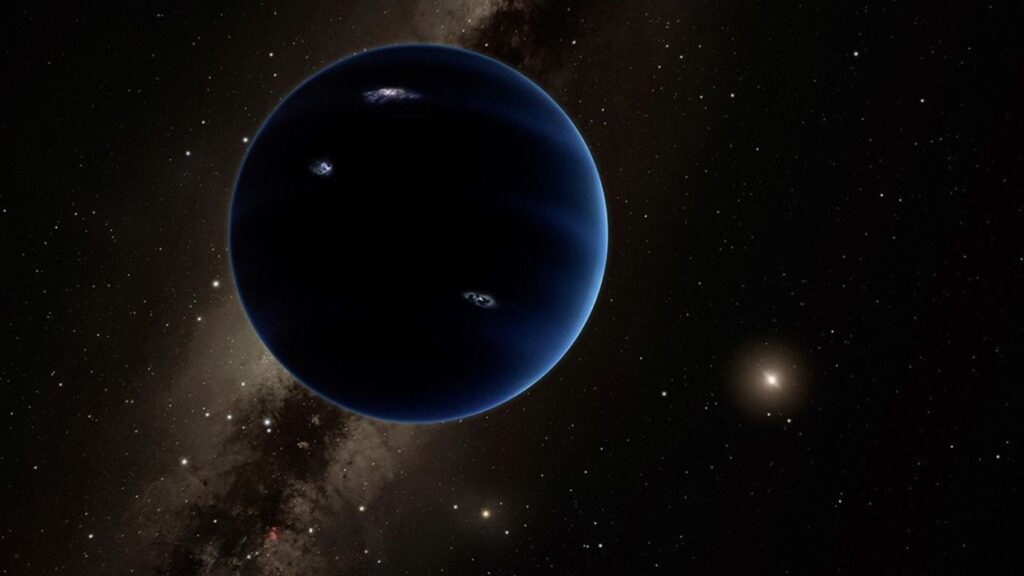The search for an unknown planet in our solar system has inspired astronomers for more than a century. Now, a recent study suggests a potential new candidate, which the paper’s authors have dubbed Planet Y.
The planet has not been detected but merely inferred by the tilted orbits of some distant objects in the Kuiper Belt — a large ring of icy bodies beyond Neptune’s orbit. Something, the researchers said, must be disturbing these orbits and tilting them.
“One explanation is the presence of an unseen planet, probably smaller than the Earth and probably bigger than Mercury, orbiting in the deep outer solar system,” said lead author Amir Siraj, an astrophysicist and a doctoral candidate in the department of astrophysical sciences at Princeton University. “This paper is not a discovery of a planet, but it’s certainly the discovery of a puzzle for which a planet is a likely solution.” Siraj and his coauthors reported their findings in the journal Monthly Notices of the Royal Astronomical Society: Letters.
Planet Y is the latest in a series of hypothetical solar system planets that scientists have proposed in recent years, all with slightly different characteristics but collectively believed to be lurking in the Kuiper Belt — also home to Pluto, the former ninth planet that was demoted and reclassified as a dwarf planet in 2006.
The reason so many “ninth planet” candidates have emerged is that the Kuiper Belt is a dark, faraway region of the solar system and observations are difficult and incomplete. But such obstacles are likely to change, as a new telescope called the Vera C. Rubin Observatory is gearing up to start its 10-year survey of the night sky.
Continue reading the complete article on the original source



